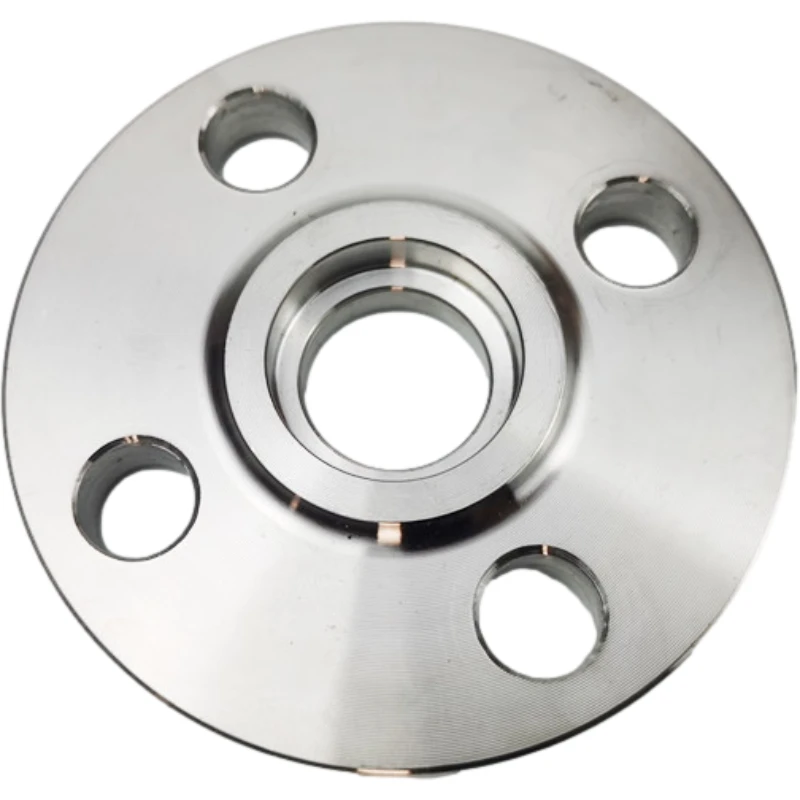-
Cangzhou Yulong Steel Co., Ltd.
-
Phone:
+86 13303177267 -
Email:
admin@ylsteelfittings.com
- English
- Arabic
- Italian
- Spanish
- Portuguese
- German
- kazakh
- Persian
- Greek
- French
- Russian
- Polish
- Thai
- Indonesian
- Vietnamese
- Zulu
- Korean
- Uzbek
- Hindi
- Serbian
- Malay
- Ukrainian
- Gujarati
- Haitian Creole
- hausa
- hawaiian
- Hebrew
- Miao
- Hungarian
- Icelandic
- igbo
- irish
- Japanese
- Javanese
- Kannada
- Khmer
- Rwandese
- Afrikaans
- Albanian
- Amharic
- Armenian
- Azerbaijani
- Basque
- Belarusian
- Bengali
- Bosnian
- Bulgarian
- Catalan
- Cebuano
- China
- China (Taiwan)
- Corsican
- Croatian
- Czech
- Danish
- Esperanto
- Estonian
- Finnish
- Frisian
- Galician
- Georgian
- Kurdish
- Kyrgyz
- Lao
- Latin
- Latvian
- Lithuanian
- Luxembourgish
- Macedonian
- Malgashi
- Malayalam
- Maltese
- Maori
- Marathi
- Mongolian
- Myanmar
- Nepali
- Norwegian
- Norwegian
- Occitan
- Pashto
- Dutch
- Punjabi
- Romanian
- Samoan
- Scottish Gaelic
- Sesotho
- Shona
- Sindhi
- Sinhala
- Slovak
- Slovenian
- Somali
- Sundanese
- Swahili
- Swedish
- Tagalog
- Tajik
- Tamil
- Tatar
- Telugu
- Turkish
- Turkmen
- Urdu
- Uighur
- Welsh
- Bantu
- Yiddish
- Yoruba

Dec . 29, 2024 05:33 Back to list
Guidelines for Implementing ANSI B16.47 Flanges in Industrial Applications
Understanding ANSI B16.47 A Comprehensive Overview
ANSI B16.47 is an essential standard in the field of engineering and manufacturing, specifically addressing the design and specifications of large diameter steel flanges for piping systems. This standard is crucial for ensuring compatibility and performance within piping systems used in various industries, including oil and gas, chemical processing, power generation, and water treatment.
Background and Purpose
The American National Standards Institute (ANSI) oversees the development of standards that improve safety, reliability, and efficiency in various sectors. ANSI B16.47 was created to establish a uniform framework for flanges, providing guidelines that manufacturers can follow to ensure their products meet industry requirements. This standard specifies the dimensions, tolerances, markings, and material requirements for large diameter flanges, which are typically used in applications where minimal pressure drops and high flow rates are critical.
Scope of ANSI B16.47
ANSI B16.47 is divided into two main sections Series A and Series B, which refer to different types of flanges.
1. Series A Flanges are designed according to the dimensions established by the American National Standards Institute’s earlier standards. They follow a more conservative approach to flange shapes and dimensions and are often preferred for specific applications requiring a traditional flange profile.
2. Series B Flanges, on the other hand, are based on the original design developed by the American Society of Mechanical Engineers (ASME) and provide slightly different dimensions. Series B is generally favored in applications where modern design approaches are appropriate, and they often allow for lighter and more cost-effective constructions.
Understanding the differences between these two series is crucial for engineers and designers, as selecting the appropriate flange type can significantly affect the performance and safety of the piping system
.ansi b 16.47

Design Considerations
When working with ANSI B16.47 flanges, several design elements must be considered. These include the pressure rating of the flange, which is based on the temperature and media that the flange will encounter. Flange ratings are classified using the American National Standards Institute's pressure-temperature ratings, which help determine suitable applications based on the material properties.
Moreover, the choice of material is also critical, as it affects the overall strength, durability, and corrosion resistance of the flange. Common materials used include carbon steel, stainless steel, and alloy materials, each selected based on the specific requirements of the application.
Installation and Maintenance
Proper installation and maintenance are vital for the integrity of a piping system utilizing ANSI B16.47 flanges. The installation process requires a detailed understanding of alignment, bolt torquing procedures, and gasket compression to ensure effective sealing. Failure to adhere to these guidelines can lead to leaks, which may result in safety hazards and costly downtime.
Regular inspections and maintenance checks are also necessary to uphold the performance of the flange connection. Corrosion, wear and tear, and the accumulation of debris can compromise the integrity of flanges over time. Adopting a rigorous maintenance schedule helps identify issues before they escalate, ensuring the longevity of the piping system.
Conclusion
ANSI B16.47 is a cornerstone standard that plays a vital role in the fabrication and application of large diameter flanges used in various industries. Understanding its principles helps engineers and technicians select appropriate components, ensuring safety, compatibility, and efficiency in piping systems. With its rich history and continued relevance, ANSI B16.47 will continue to influence engineering practices, promoting innovation and reliability in critical infrastructural applications. As industries evolve and new technologies emerge, adherence to such standards remains imperative for meeting both current and future challenges in engineering.
Latest news
-
ANSI 150P SS304 SO FLANGE
NewsFeb.14,2025
-
ASTM A333GR6 STEEL PIPE
NewsJan.20,2025
-
ANSI B16.5 WELDING NECK FLANGE
NewsJan.15,2026
-
ANSI B16.5 SLIP-ON FLANGE
NewsApr.19,2024
-
SABS 1123 FLANGE
NewsJan.15,2025
-
DIN86044 PLATE FLANGE
NewsApr.19,2024
-
DIN2527 BLIND FLANGE
NewsApr.12,2024
-
JIS B2311 Butt-Welding Fittings LR/SR 45°/90° /180°Seamless/Weld
NewsApr.23,2024











